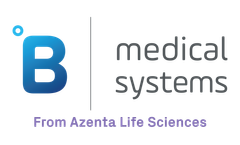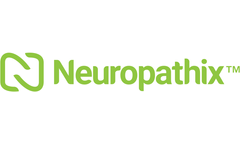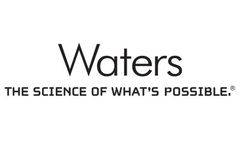Safety Testing Articles & Analysis: Older
14 articles found
In addition, cross-reactivity issues need to be particularly concerned in preclinical research and safety testing. Due to the similarity of protein structures, sequence homology, or expression patterns between different species, antibodies developed in animal models may accidentally cross-react with similar antigens.3. ...
The inspection items of Antibody-Drug Conjugates (ADCs) usually include a series of tests to evaluate the quality, stability, efficacy, and safety of ADCs. ...
It is designed to be genetically stable, therefore reducing the risk of reversion to a more virulent form and thereby improving overall safety and effectiveness. After rigorous testing and safety assessments, the vaccine received its prequalification by the World Health Organization, a significant endorsement of its potential impact. ...
With the development of personalized medicine, this applies increasingly to the development and safety testing of drugs. Currently, primary cells are used for these purposes. ...
If the dosage form is improperly selected and if the prescription and process design are unreasonable, it will have a certain impact on the quality of the drug product, and even affect the drug’s efficacy and safety. Therefore, formulation research occupies a very important position in drug development. ...
Doylestown-based Neuropathix is running safety tests required to start clinical trials in humans. The compound may help with neuropathy, a severe type of chronic pain associated with cancer treatment. The next generation of cannabis-inspired medicine might be grown in test tubes instead of greenhouses. Researchers at Temple University have ...
This is important for liver models because it shows promise for longer term hepatotoxicity studies during drug discovery and safety testing. A significant finding was that differentiation of the HepaRG cells can occur in GelMA without culturing DMSO. ...
Gene-modified cell therapies (GMCTs) represent the most effective therapeutic platform for many patients with advanced diseases including relapsed and refractory leukemia, non-Hodgkin lymphoma, and other blood cancers [1]. Specifically, chimeric antigen receptor T cell (CAR-T) therapies targeting CD19 have demonstrated remarkable responses and possibly cures in patients with advanced acute ...
Refinement of the CoroFlu vaccine concept and testing in laboratory animal models at UW–Madison is expected to take three to six months. Bharat Biotech in Hyderabad, India will then begin production scale-up for safety and efficacy testing in humans. CoroFlu could be in human clinical trials by the fall of 2020. ...
While it is not possible at this time (for safety reasons) to test our technology directly against the COVID-19 virus, we know that Airora's technology destroys ALL types of pathogenic viruses, including those in the coronavirus family (which includes the SARS-CoV-2 coronavirus that causes COVID-19), in the air and on surfaces. ...
As well as destroying airborne pathogens, hydroxyl radicals strip them, layer by layer, from smooth exposed surfaces. Airora's technology was tested for efficacy against pathogens by the UK Government’s Health Protection Agency at Porton Down, where it was demonstrated to kill 99.9999% of MS-2 Coliphage (a test surrogate for pathogenic respiratory ...
As the complexity of advanced therapies continues to grow, more data is needed to establish a drug’s mode of action, efficacy, and long-term safety. It’s no wonder, then, that big data is fueling the drive for tomorrow’s therapies. ...
A roster of experts presented on various topics such as gene therapy and cell therapy, continuous manufacturing, viral safety testing strategies, as well as miscellaneous topics such as vaccines, regulatory issues, and testing strategies. Day one started with presentations on viral safety from a regulatory standpoint and ...
Both of these laws consider the safety of ingredients to the environment and the TSCA will likely take into account consumer safety as well. And, it is not just the United States that is taking a look at safety across the CPC value chain; the European Union replaced their Cosmetics Directive (76/768/EEC) in July 2013 with EC No 1223/2009. ...












